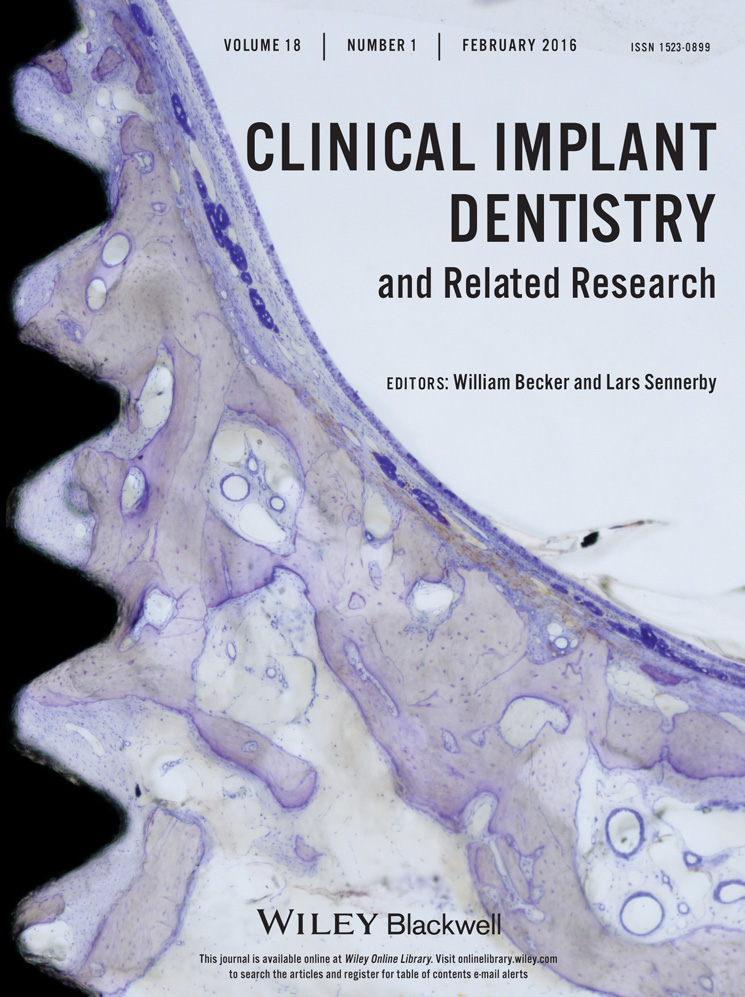Analyzing the Influence of a New Dental Implant Design on Primary Stability
Abstract
Background
The macrogeometry of dental implants strongly influences the primary stability and hence the osseointegration process.
Purpose
Compare the performance of conventional and modified implant models in terms of primary stability.
Materials and Methods
A total of 36 implants (Neodent®) with two different formats (n = 18): Alvim CM (Conical CM, Ø 4.3 mm × 10 mm in length) and Titamax Ti (Cylindrical HE, Ø 4.0 mm × 11 mm in length) were inserted into artificial bone blocks. Nine implants from each set were selected to undergo external geometry changes. The primary stability was quantified by insertion torque and resonance frequency using an Osstell device and the pullout test. One-way analysis of variance and Tukey's test were used for statistical evaluation.
Results
The comparative analysis of the implants showed a significant increase of the insertion torque for the modified Conical CM implants (p = 0.000) and Cylindrical HE (p = 0.043); for the resonance frequency the modified Cylindrical HE showed a lower statistical mean (p = 0.002) when compared to the conventional model, and in the pullout test both modified implants showed significant reduction (p = 0.000).
Conclusions
Within the limitations of this study, the proposed modification showed good stability levels and advantages when compared to the conventional implants.




